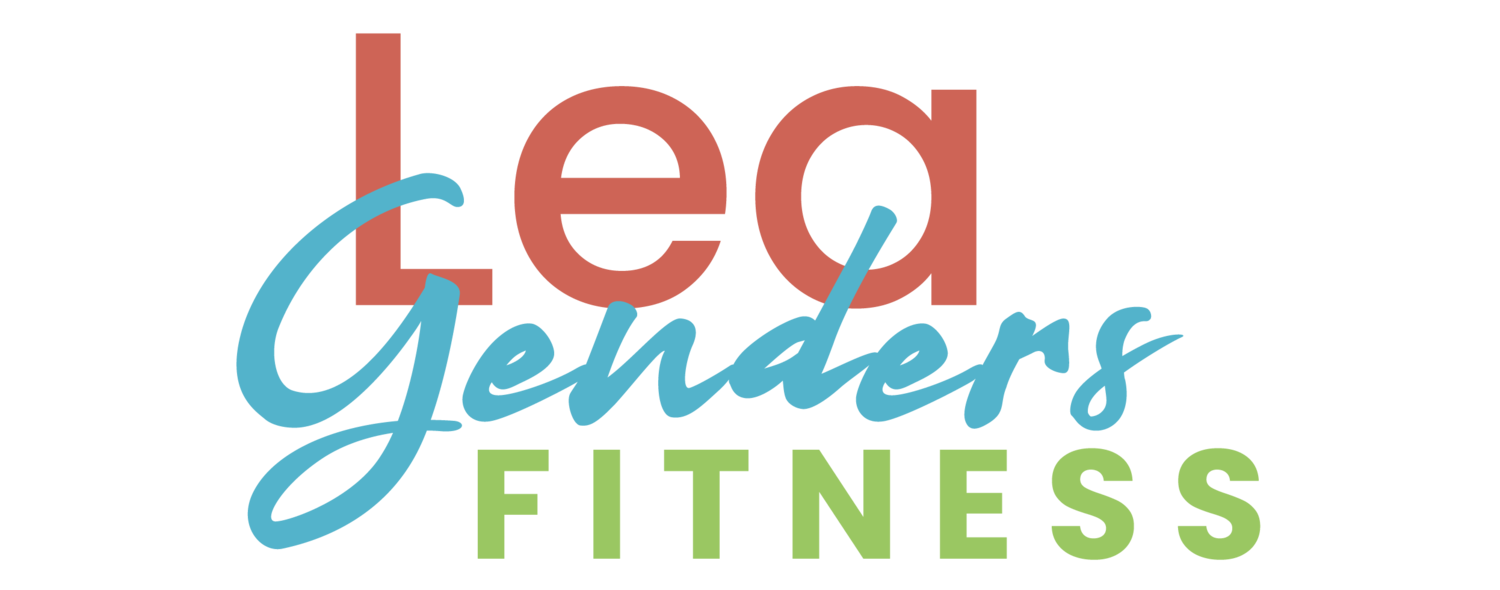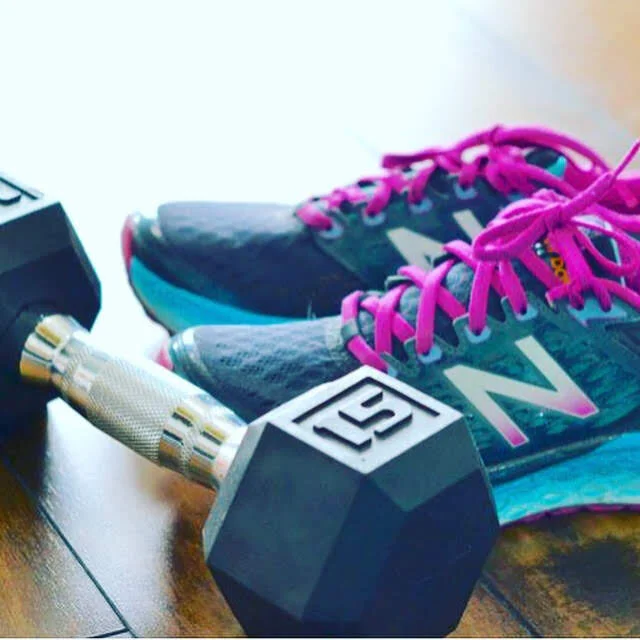I love cardio, running specifically. But after 30, it’s not enough to keep muscle, boost metabolism, or stay strong. Lifting doesn’t replace your favorite workouts, it helps you run, ride, and move better, so you can keep doing what you love for years to come. download my free three week strength training program to get started.
Beyond the Scale: Strength and Health in the GLP-1 Era
Explore how GLP-1 medications like Ozempic and Mounjaro work, the role of strength training and nutrition in preserving muscle during weight loss, and insights from board-certified family practice physician Dr. Story in Fort Worth, TX on what to consider when discussing options with your healthcare provider
How to Get Quick Results From Your Workouts
Think results take months? Think again. You can get stronger in a week, shift your mindset in a day, and start seeing progress long before the scale budges. The key? Redefining what success looks like. If you’re tired of chasing quick fixes, it’s time to focus on the wins that actually matter—starting today.
A Stronger You: How Strength Training Improves Life in Unexpected Ways
Strength training isn’t just about looking good—it’s about building a stronger, more capable life. Beyond aesthetics, it enhances balance, resilience, and independence, helping you move with confidence and recover more easily from life’s physical challenges. From lifting everyday objects with ease to preventing injuries and staying active for years to come, strength training offers benefits that go far beyond the mirror. No matter when you start, the strength you build today will support you for a lifetime.
Unlock Your Running Potential: The STRONG Framework Every Runner Needs
Running is more than just putting one foot in front of the other. You need a well-rounded approach that goes beyond the miles to perform at your best, avoid injury, and enjoy the process. That's where my newly established S-T-R-O-N-G framework comes in. I created a system to help runners of all levels build strength, resilience, and consistency. Here, I'll break it down with concrete examples you can apply—and why even experienced runners sometimes need outside guidance and support.
S is for Strength Training
T is for Targeted Recovery
R is for Running Smart
O is for Optimized Nutrition
N is for New Mindset
G is for Growth Focused Plans


